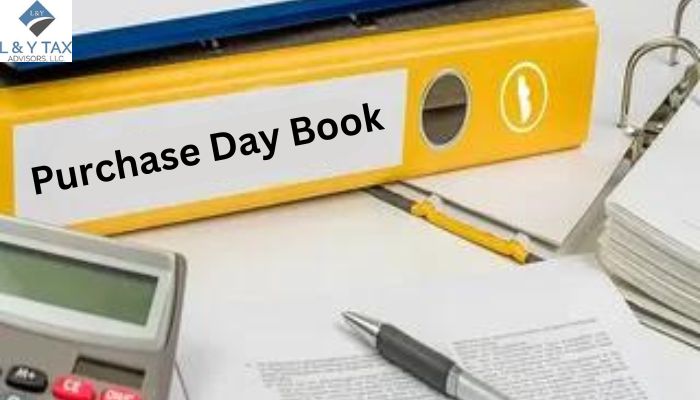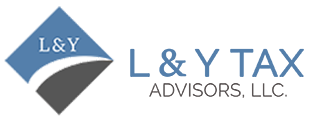
What is a Purchase Day Book in Accounting?
Knowing what is a purchase day book in accounting is essential for navigating the complexities of accounting and finance. The purchase day book contains all invoices for products and services provided to the company on credit. It is often referred to as:
- Purchase journal
- Purchase book
- Invoice book
A sizable amount of sales in modern businesses are done using credit—the items are delivered immediately, but the payment isn’t made immediately.
In the diligent accounting field, tracking every financial transaction is crucial. Even if contemporary technologies automate a large portion of this process, grasping the fundamental ideas will always be essential.
Purchase journals are used in manual accounting systems to document credit purchases of goods intended for resale.
Purpose of a Purchase Journal
The purpose of the purchase day book is to list all credit purchases made by a company in chronological order.
What are the Features of the Purchase Day Book?
The salient features of an invoice book are:
Focuses on Credit Purchases
This book only records credit transactions. In contrast, the cash book keeps track of cash inflows and outflows. This indicates that products are delivered on credit, with payment due when the terms are met.
Records for Resale
The invoice book does not include every credit purchase. It particularly records transactions pertaining to inventory or products that a company plans to resell to make money. This is not the place to register assets like furniture or equipment.
Provides a Centralized Record
Accountants can easily monitor and examine credit purchases if they keep a book dedicated to the topic. This makes it easier to do things like:
- Check supplier invoices
- Purchased credit overall over a specific period
- Find unpaid bills
Contact our QuickBooks & Bookkeeping services.
What is in a Purchase Day Book?
For every credit transaction, a typical purchase journal or book contains the following essential data points:
Date
The day the acquisition deal was finalized.
Supplier Name
The name of the company that sold the products.
Invoice Number
The unique number that the provider has given to this particular purchase.
Description
A succinct explanation of the products that were purchased. This might contain the amount, good, and any other pertinent information.
Amount
The entire purchase cost is less than any supplier-provided trade discounts.
The Life Cycle of a Invoice Book Entry
An overview of the information flow inside the invoice book is provided here:
Documenting the Transaction
The accountant enters the pertinent information in the purchase journal as soon as they get an invoice from a supplier for a credit purchase.
Periodic Summarization
The accountant adds up all purchase amounts recorded in the book at regular periods, usually at the end of a month or accounting period.
Posting to the General Ledger
After being compiled, this data is ‘posted’ to the general ledger, a company’s primary record-keeping system. While individual suppliers are credited in their accounts inside the accounts payable ledger, the entire purchase amount is debited to the “purchases” account.
Enterprise Resource Planning (ERP) System Integration for Digital Automation
The classic purchase day book is digitally transformed through interaction with advanced ERP systems as businesses upgrade their accounting processes.
Data-entry mistakes and human reconciliation efforts may decrease by automating data capturing from vendor invoices and receipts. This allows real-time synchronization with:
- Buying
- Inventory
- Accounts payable modules
This connection improves cash flow forecasting and vendor-payment accuracy and expedites operational efficiency. The purchase day book is a dynamic, centrally managed ledger in modern accounting systems. Its cloud-based technologies provide:
- Safe remote management
- Version history monitoring
- Smooth cooperation among finance departments
Contact our corporate tax advisors in the US!
Enhancing Audit Trail Integrity and Internal Controls
The purchase day book documents credit transactions and creates a transparent audit trail, making it an essential part of an organization’s internal control system. To facilitate traceability during financial reviews or compliance checks, each entry records:
- Transaction date
- Vendor reference
- Invoice number
- Approval status
This ledger successfully guards against unwanted changes. It also guarantees regulatory compliance when backed by automatic timestamping and user authentication, especially when using standards like SOX or IFRS.
In addition, financial staff is empowered to quickly identify anomalies with periodic exception reporting. It highlights odd buying patterns or duplicate bills. Therefore, the purchase day book becomes a proactive tool for financial governance and risk reduction.
The Bottom Line
Knowing what is a purchase day book in accounting reveals a useful resource for learning the principles of credit purchases and how they are recorded in accounting. You can make the most from its guaranteed features. Now, you can streamline managing your business’s financial commitments by offering a specific area to execute these transactions.


